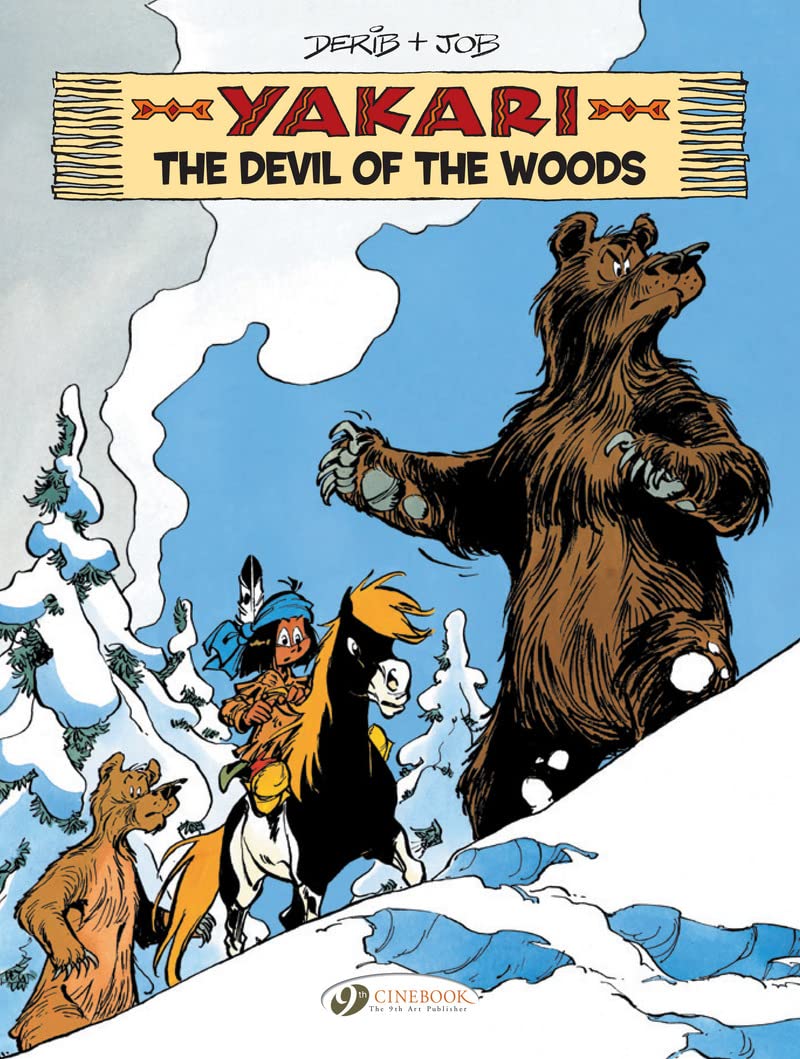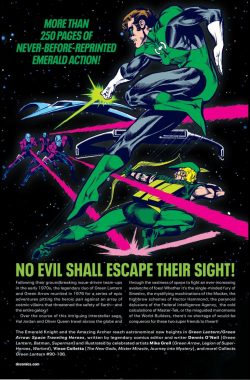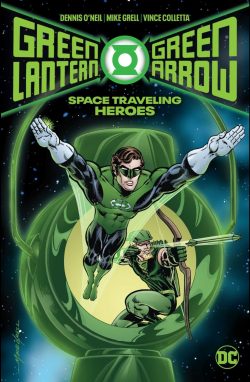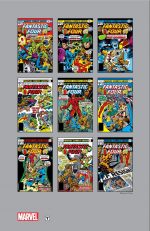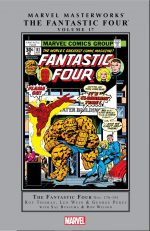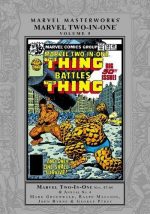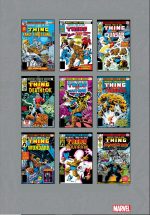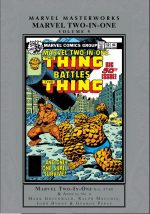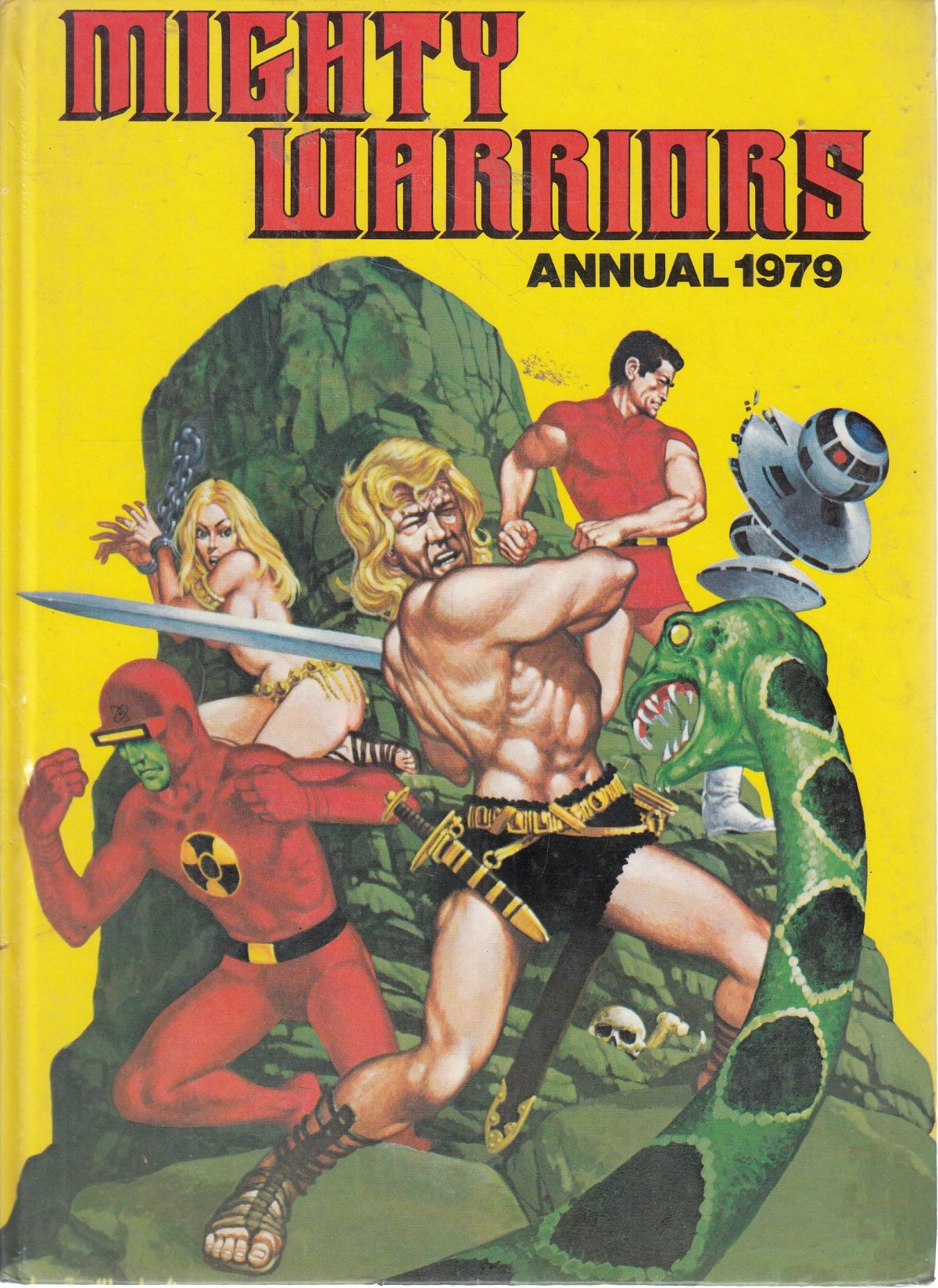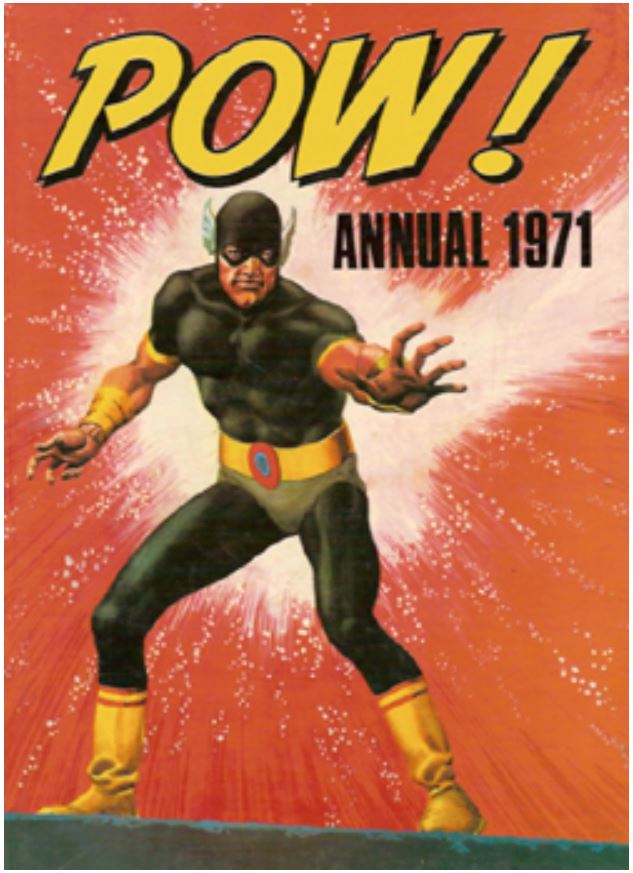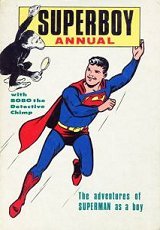Let’s face it: this past year was bloody awful for everybody. Nevertheless some very gifted people created some remarkable comics works and I’ll be damned if I don’t give you all one last chance to see that for yourselves.
Thus here’s our compilation of the best graphic novels of 2021. You should check them out…
Happy New Year from all of us to all of you.
Kid Friendly Classics
Women Discoverers: 20 Top Women in Science
By Marie Moinard & Christelle Pecout, translated by Montana Kane (NBM)
ISBN: 978-1-68112-270-0 (Album HB) eISBN: 978-1-68112-271-7
© 2019 Blue Lotus Prod. © 2021 NBM for the English translation.
Mega Robo Bros: Power Up and Mega Robo Bros: Double Threat
By Neill Cameron with Abby Bulmer & Lisa Murphy (David Fickling Books)
ISBNs: 978-1-78845-200-7 (Power Up PB) and 978-1-78845-232-8 (Double Threat PB)
Text and illustrations © Neill Cameron 2021. All rights reserved.
The Spider’s Syndicate of Crime
By Ted Cowan, Jerry Siegel & Reg Bunn (Rebellion)
ISBN 978-1-78108-905-7 (TPB)
© 1965, 1966, 1967 & 2021 Rebellion Publishing IP Ltd. All Rights Reserved.
The Secrets of Chocolate: A Gourmand’s Trip Through a Top Chef’s Atelier
By Franckie Alarcon, translated by Montana Kane (NBM)
ISBN: 978-1-68112-278-6 (HB) eISBN: 978-1-68112-279-3
© Editions Delcourt 2014. © 2021 NBM for the English translation.
The Magical History Tour volume 1: The Great Pyramid
By Fabrice Erre & Sylvain Savoia translated by Joseph Laredo (Papercutz)
ISBN: 978-1-54580-633-3 (HB)
© 2018- DUPUIS – Erre – Savoia. All other material © 2021 Papercutz.
Bunny vs Monkey and the League of Doom!
By Jaimie Smart, with Sammy Borras (David Fickling Books)
ISBN: 978-1-78845-230-4 (TPB)
Text and illustrations © Jamie Smart 2021. All rights reserved.
Wonder Woman: 80 Years of the Amazon Warrior – The Deluxe Edition
By William Moulton Marston & Harry G. Peter, Trina Robbins, Joye Hummel, Robert Kanigher, Samuel R. Delany, Cary Bates, Roy Thomas, George Pérez, Len Wein, Lynda Carter, William Messner-Loebs, Phil Jimenez, Joe Kelly, Allan Heinberg, Amanda Conner, Brian Azzarello, Mariko Tamaki, Greg Rucka, Becky Cloonan & Michael W. Conrad, Patty Jenkins, Ross Andru & Mike Esposito, Dick Giordano, Don Heck, Gene Colan, Jill Thompson, Lee Moder, Gary Frank, Cliff Chiang, Elena Casagrande, Nicola Scott, Jen Bartel & various (DC Comics)
ISBN: 978-1-7795-1157-7 (HB)
© 1941, 1943, 1945, 1955, 1958, 1961, 1966, 1969, 1973, 1982, 1987, 1991, 1993, 2001, 2007, 2010, 2013, 2020, 2021 DC Comics. All Rights Reserved.
No Country
By Patrice Aggs & Joe Brady (David Fickling Books)
ISBN: 978-1-78845-183-3 (PB)
Illustrations © Patrice Aggs 2021. Text © Joe Brady. rights reserved.
The Steel Claw: Invisible Man
By Ken Bulmer & Jesús Blasco (Rebellion)
ISBN: 978-1-78108-906-4 (TPB)
© 1962, 1963, 1965, 1966 & 2021 Rebellion Publishing IP Ltd. All Rights Reserved.
Corpse Talk: Dead Good Storytellers
By Adam & Lisa Murphy (David Fickling Books)
ISBN: ISBN: 978-1-78845-125-3 (PB)
Text and illustrations © Adam & Lisa Murphy 2021. All rights reserved.
Mature reading masterworks
Let’s face it, it’s not really kids rushing to the comics racks these days. Here’s a purely random number of potent picture books made with you and I in mind. Enjoy and don’t be snobbish: check out the kids’ stuff too…
The Silent Invasion: Dark Matter
By Michael Cherkas & Larry Hancock (NBM)
ISBN: 978-1-68112-283-0 (TPB) eISBN 978-1-68112-284-7
© 2021 Michael Cherkas & Larry Hancock. All rights reserved.
Putin’s Russia – The Rise of a Dictator
By Darryl Cunningham (Myriad Editions)
ISBN: 978-1-912408-91-7 (TPB)
© Darryl Cunningham 2021. All rights reserved.
Orwell
By Pierre Christin & Sébastien Verdier, with André Juillard, Olivier Balez, Manu Larcenet, Blutch, Isabelle Merlet, Juanjo Guarnido, Enki Bilal & more: translated by Edward Gauvin (SelfMadeHero)
ISBN: 978-1-910593-87-5 (TPB)
Orwell © DARGAUD 2019, by Christin, Verdier. All rights reserved. English translation © 2021 SelfMadeHero.
Pass Me By: Electric Vice
By Kyle Simmers & Ryan Danny Owen, with Derek Simmers (Renegade Arts Entertainment)
ISBN: 978-1-98890-385-9 eISBN 978-1-98890-385-8 (Electric Vice)
© 2021 Kyle Simmers and Ryan Danny Owen. All rights reserved.
A Journal of my Father
By Jiro Taniguchi translated by Kumar Sivasubramanian with Chitoku Teshima (Fanfare-Ponent Mon)
ISBN: 978-1-91209-743-2 (HB)
Chichi no Koyami by Jiro Taniguchi © Papier/1995 Jiro Taniguchi. All rights reserved. © 2021 Potent Mon for the English language edition.
Catalyst
By Asia Alfasi, Charlotte Bailey, Jason Chuang, Dominique Duong, Catherine Anyango Grünewald, Shuning Ji,Pris Lemons, Sonia Leong, Calico N.M., Tyrell Osborne & Woodrow Phoenix, edited by Ayoola Solarin(SelfMadeHero)
ISBN: 978-1-91142-402-7 (PB)
All stories and artwork © their respective creators. All rights reserved.
Jinx Freeze
By Hurk (Avery Hill Publishing)
ISBN: 978-1-910395-59-2 (TPB)
© Hurk, 2021.
The Chagos Betrayal – How Britain Robbed an Island and Made Its People Disappear
By Florian Grosset (Myriad Editions)
ISBN: 978-1-912408-67-2 (TPB) eISBN 978-1-912408-93-1
© 2021 Florian Grosset. All rights reserved.
The Stringer
By Ted Rall & Pablo Callejo (NBM)
ISBN: 978-1-68112-272-4 (Album HB) eISBN: 978-1-68112-273-1
© 2021 Ted Rall & Pablo G. Callejo. © 2021 NBM for the English translation.
All the Places in Between
By John Cei Douglas (Liminal 11)
ISBN: 978-1-912634-23-1 (PB)
© 2020 John Cei Douglas. All rights reserved.
Pulling Weeds from a Cactus Garden – Life is Full of Pricks
By Nathalie Tierce (Indigo Raven)
ISBN: 978-1-73783-260-7 (PB) eISBN: 978-1-734174-4-1
© 2021 Indigo Raven. © 2021 Nathalie Tierce. All rights reserved.
Farewell, Brindavoine
By Tardi, translated by Jenna Allen (Fantagraphics)
ISBN: 978-1-68396-433-9 (Album HB)
This edition of Farewell, Brindavoine © 2021 Fantagraphics Books, Inc. Adieu Brindavoine © 2011 Casterman. Translation © 2021 Jenna Allen. Preface © 2021 BenoÃt Mouchart. All rights reserved.
Canciones – Federico GarcÃa Lorca Drawn by Tobias Tak
Adapted and translated by Tobias Tak (NBM)
ISBN: 978-1-68112-274-8 (HB) eISBN 978-1-68112-275-5
© 2017 Tobias Tak/Scratch Books. Foreword © 2017 Christopher Maurer. Introduction © 2017 Joost Swarte.
The Roles We Play
By Sabba Khan (Myriad Editions)
ISBN: 978-1-912408-30-6 (Deluxe Paperback) eISBN: 978-1-912408-98-8
© Sabba Khan 2021. All rights reserved.
Knock Out! – The True Story of Emile Griffith
By Reinhard Kleist, translated by Michael Waaler (SelfMadeHero)
ISBN: 978-1-91059-386-8 (TPB)
© Text and illustrations 2019 CARLSEN Verlag GmbH, Hamburg, Germany. English translation © 2021 SelfMadeHero. All rights reserved.
Love Me Please – The Story of Janis Joplin (1943-1970)
By Nicolas Finet, Christopher & Degreff: translated by Montana Kane (NBM)
ISBN: 978-1-681122-76-2 (HB) eISBN: 978-1-681122-77-9
© Hatchette Livre (Marabout) 2020. © 2021 NBM for the English translation. All rights reserved.
The Dancing Plague
By Gareth Brookes (SelfMadeHero)
ISBN: 978-1-910593-98-1 (PB)
Text and images © 2021 Gareth Brookes. All rights reserved.
Coma
By Zara Slattery (Myriad Editions)
ISBN: 978-1-912408-66-5 (PB) eISBN: 978-1-912408-78-8
© Zara Slattery 2021. All rights reserved.
Buñuel in the Labyrinth of the Turtles
By FermÃn SolÃs, translated by Lawrence Schimel (SelfMadeHero)
ISBN: 978-1-910593-84-4 (PB)
© 2008, 2019 FermÃn SolÃs. © 2019 Penguin Random House Grupo Editorial, S.A.U. All rights reserved.
I Never Promised You a Rose Garden
By Mannie Murphy (Fantagraphics Books)
ISBN: 978-1-68396-410-0 (HB)
© 2021 Mannie Murphy. This edition © 2021 Fantagraphics Books, Inc. All rights reserved.
Hypnotwist/Scarlet by Starlight
By Gilbert Hernandez (Fantagraphics Books)
ISBN: 978-1-68396-204-5 (HB)
Hypnotwist/Scarlet by Starlight © 2021 Gilbert Hernandez. This edition © 2021 Fantagraphics Books, Inc. All rights reserved.

